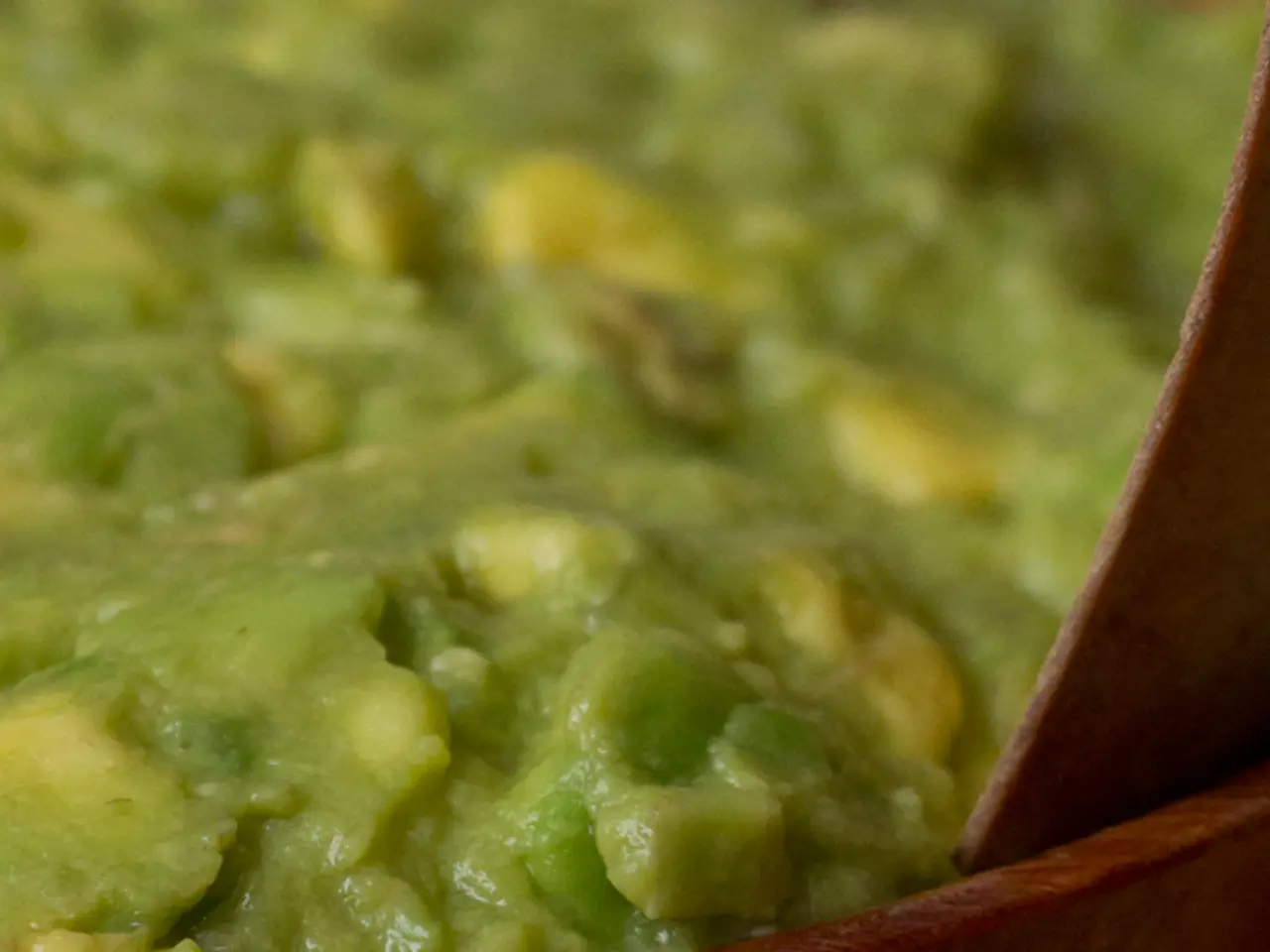Safe Storage Methods for Uncooked and Cooked Foods
In the kitchen, maintaining food safety is paramount. From raw meats to cooked leftovers, understanding how to store various types of food correctly can significantly reduce the risk of foodborne illnesses and ensure that your meals remain fresh.
When it comes to raw foods such as meat, poultry, and seafood, it's essential to store them properly to prevent bacterial contamination. Raw meat should be stored on the bottom shelf of the refrigerator to prevent cross-contamination with other foods. Wrap raw meat tightly in airtight containers or plastic wrap to prevent leakage and contamination, and keep raw meat separate from cooked and ready-to-eat foods.
Poultry requires careful handling due to its potential for bacterial contamination. Store raw poultry in a sealed container on the bottom shelf of the refrigerator, keeping it away from other foods. Always handle raw poultry carefully to avoid spreading bacteria.
Seafood should be wrapped securely to maintain freshness and prevent leakage. Store raw seafood in a sealed container on the bottom shelf of the refrigerator, keeping it separate from cooked and ready-to-eat foods.
Fruits and vegetables should be stored in a cool, dry place to prevent moisture accumulation and spoilage. Refrigerate fruits and vegetables that are sensitive to temperature and moisture, such as berries and leafy greens. Keep strong-smelling fruits and vegetables away from other foods to prevent odor transfer.
Cooked leftovers should be cooled rapidly using shallow containers and occasional stirring to release heat. Refrigerate cooked leftovers at 40°F (4°C) or lower within two hours of cooking, or one hour if the room temperature is above 90°F (32°C). Label leftovers with the date they were prepared to ensure they are consumed within a safe time frame, and consume leftovers within 3 to 4 days.
General tips for safe food storage include ensuring your refrigerator maintains a consistent temperature between 32°F (0°C) and 40°F (4°C), and your freezer is at 0°F (-18°C) or lower. Regularly clean and sanitize storage areas to prevent contamination, and implement the first-in, first-out rule to ensure older foods are consumed before they expire.
By following these guidelines, you can maintain the freshness of your foods and significantly reduce the risk of foodborne illnesses. Always remember that reheating food to at least 74°C (165°F) and stirring halfway while reheating in the microwave for even heating is crucial. Using airtight containers and freezing appropriately extends shelf life while ensuring safety and taste.
In summary, proper storage of raw and cooked foods is crucial for preventing foodborne illnesses and maintaining freshness. By following the guidelines outlined above, you can enjoy your meals safely and keep your kitchen clean and organised.
Maintaining a healthful lifestyle involves not only nutritious meals, but also ensuring food safety, particularly in the storage of raw foods like meat, poultry, and seafood. Incorporating fitness and exercise into your daily routine can complement a health-and-wellness-focused nutrition plan, as regular exercise contributes to overall health. Adhering to food safety guidelines in the kitchen can prevent foodborne illnesses, keeping your meals fresh and safe to consume. By following these practices, you can enhance your lifestyle by promoting health, wellness, fitness, and a clean kitchen environment.




